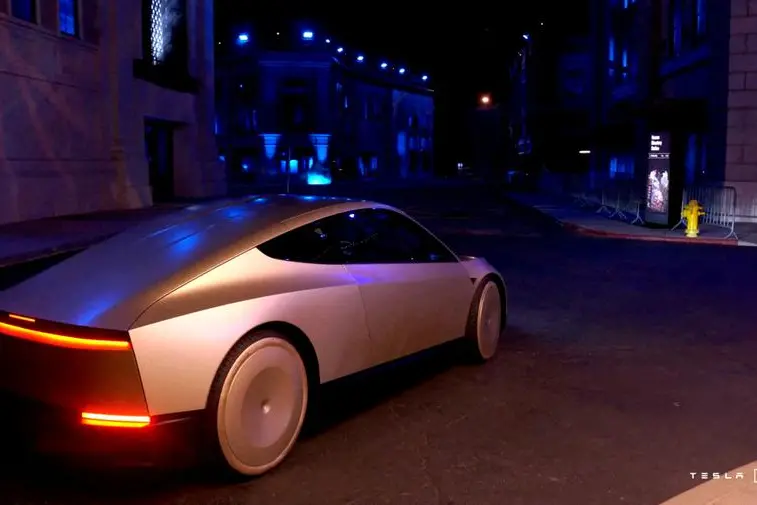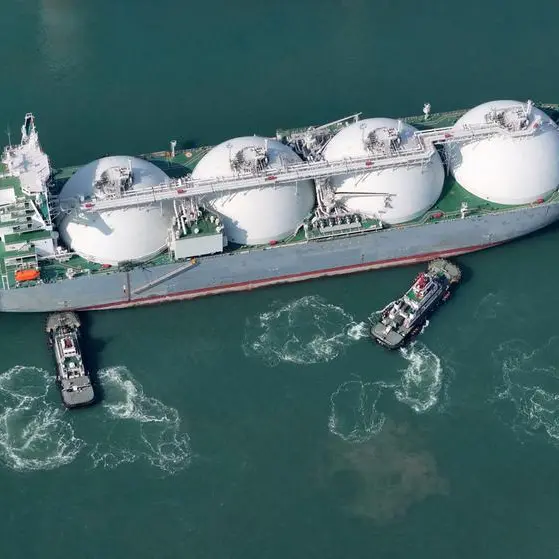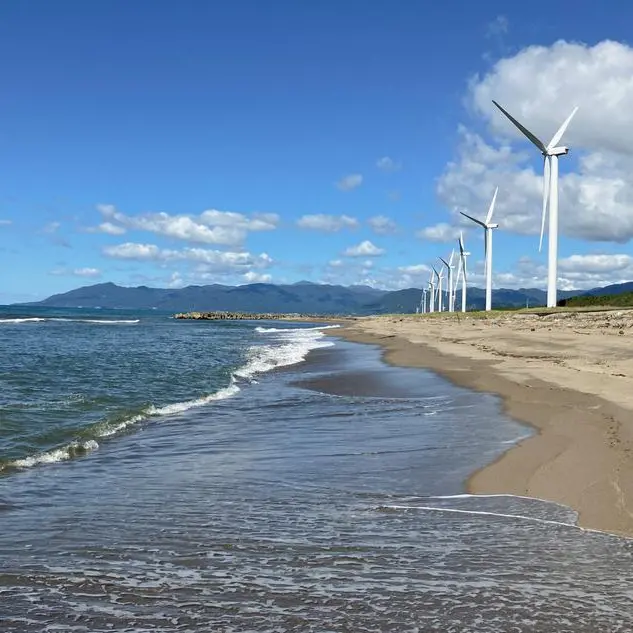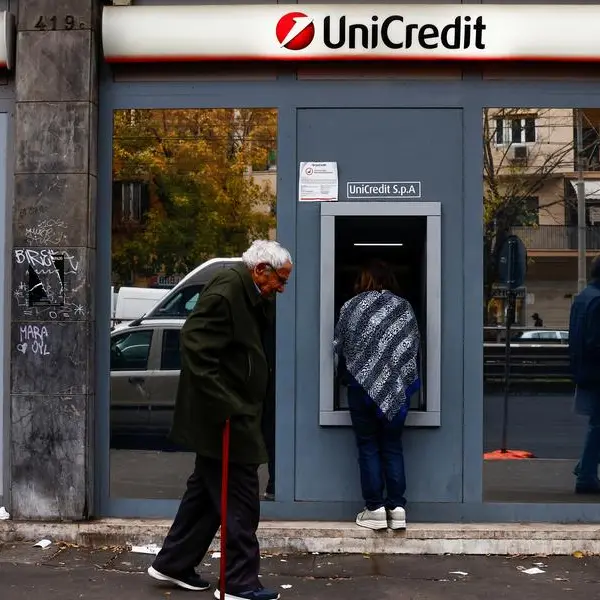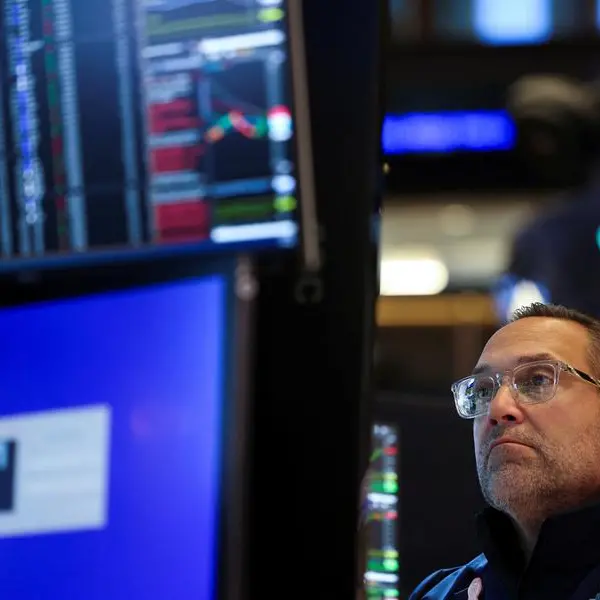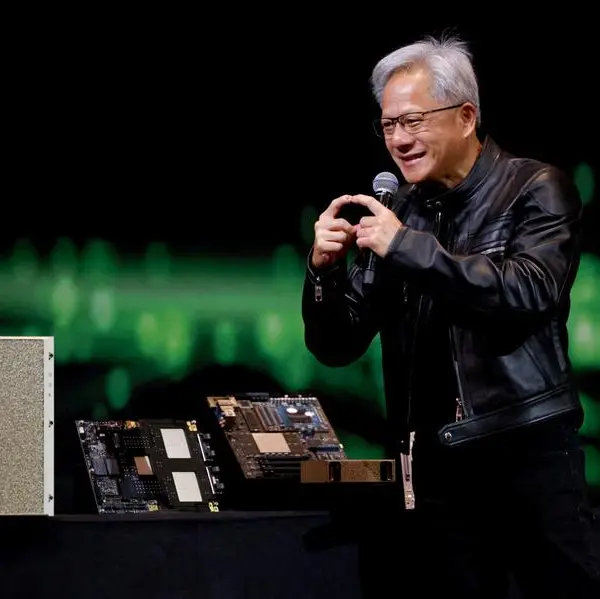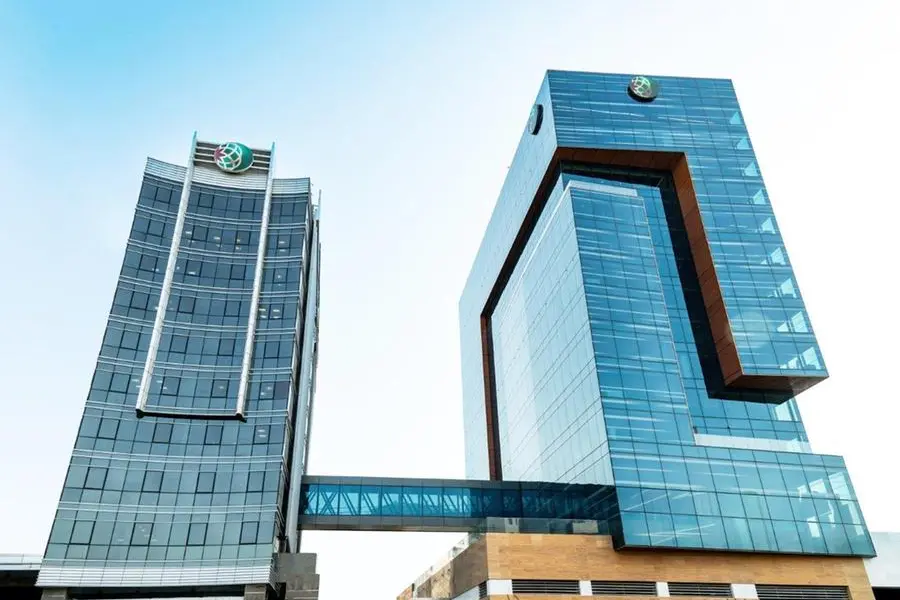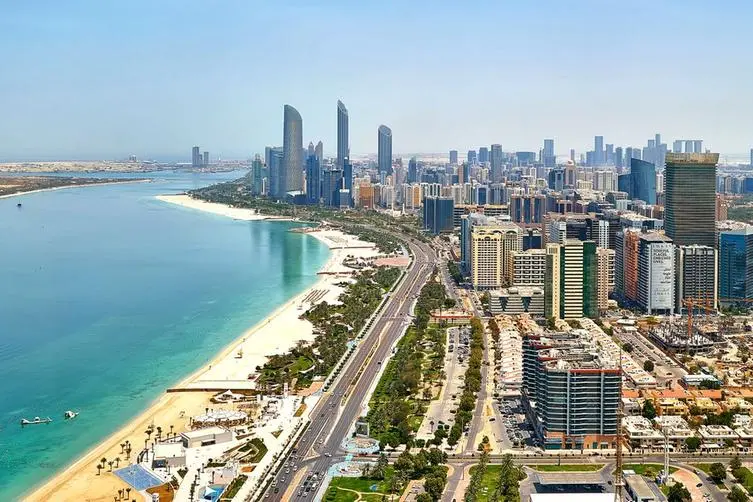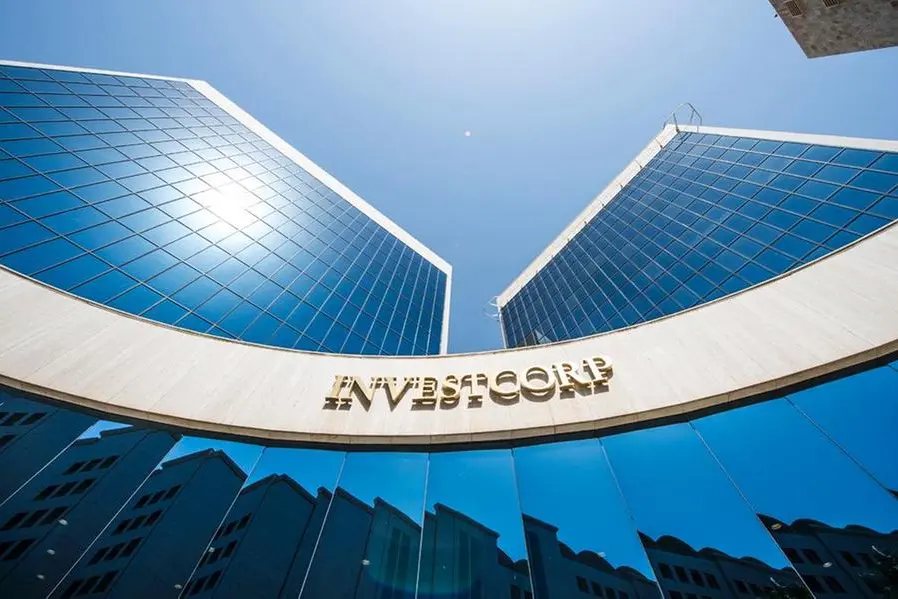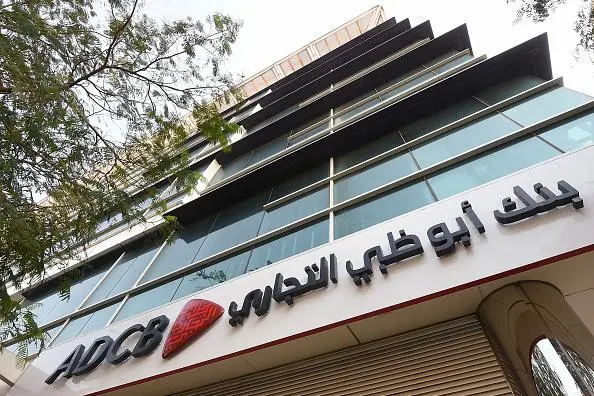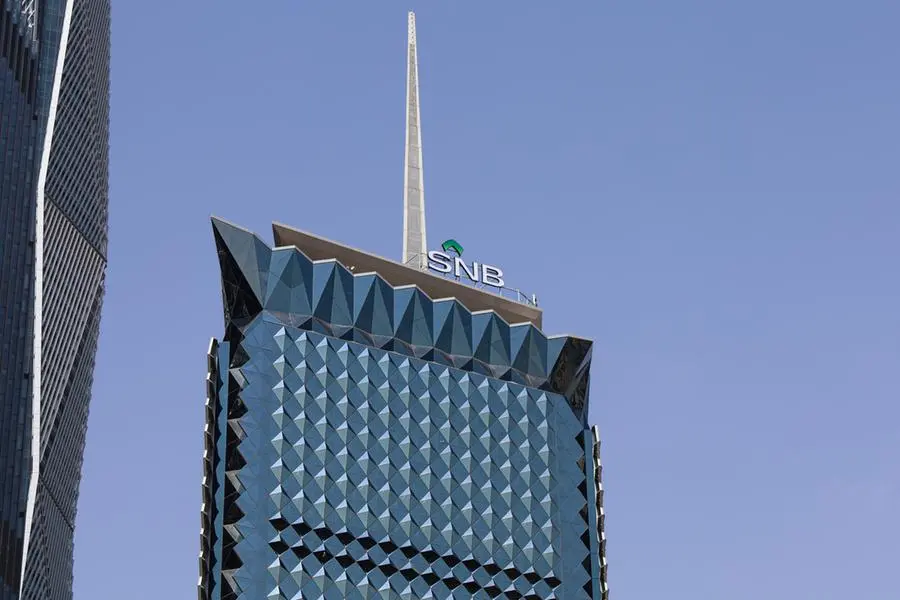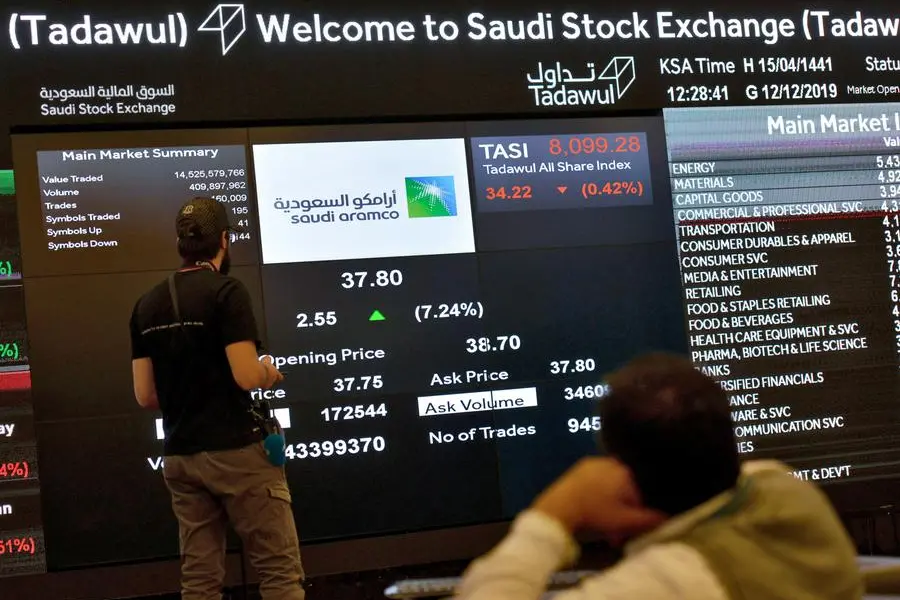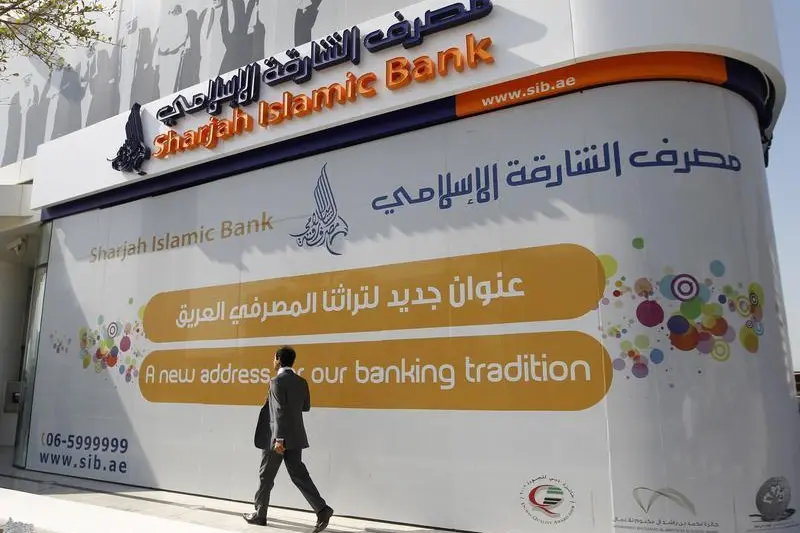PHOTO
Tesla CEO and X owner Elon Musk rides in Tesla's robotaxi at an unveilling event in Los Angeles, California, U.S. October 10, 2024 in this still image taken from video. Tesla/Handout via REUTERS.
SAN FRANCISCO - Tesla's reveal of a robotaxi designed as a low-slung, two-seater, sporty coupe - quite the opposite of a typical taxi with room for several passengers and luggage - flummoxed investors and analysts. CEO Elon Musk served up the cool design for the prototype of the Tesla robotaxi, dubbed Cybercab, at a much-hyped event near Los Angeles late on Thursday. These will go into production some time in 2026 and cost less than $30,000 a pop, he said.
But in true Musk style, he skipped over expectations of how a two-seater robotaxi would serve the needs of families headed to a restaurant or to the airport, or if he expected these to appeal only to a niche clientele. Investors jeered the design and the lack of financial detail, with Tesla stocks tumbling 9% on Wall Street on Friday.
"When you think of a cab, you think of something that's going to carry more than two people," said Jonathan Elfalan, vehicle testing director for the automotive website Edmunds.com. "Making this a two-seat-only car is very perplexing."
Tesla did not respond to an email seeking comment.
Experts said robotaxis would best emulate regular taxis with plenty of room, a tall design and sliding doors. Musk did showcase a futuristic robovan that could seat up to 20 people but did not say when that would be available.
The market for two-door robotaxis would be very limited, said Sandeep Rao, a senior researcher at Leverage Shares, an investment management company with assets of about $1 billion, including in Tesla.
Two-door vehicles account for just 2% of car sales in the U.S., excluding SUVs and pickups, according to data from analytics firm J.D. Power.
Musk said he wanted to make robotaxis cheaper than mass transit to operate and predicted an operating cost of 20 cents per mile over time for the Cybercab.
But he did not say how quickly Tesla could mass-produce Cybercabs and secure regulatory approvals, or how it could beat Alphabet's Waymo, which already operates robotaxis in some U.S. cities.
Waymo has a fleet of about 700 Jaguar Land Rover cars that fit four passengers, same as the seating capacity in Amazon's Zoox robotaxis.
Waymo's former CEO John Krafcik said Tesla's design looked "more playful than serious," and that the two-door configuration posed challenges for older passengers and those with disabilities.
'MORE PLAYFUL THAN SERIOUS'
Delivering the robotaxi and capturing a still nascent and tightly regulated market will be critical for Tesla.
Musk this year scrapped plans to build a smaller, cheaper vehicle amid slowing EV demand and shifted focus to the advancing Tesla's autonomy ambitions. The robotaxi business could catapult Tesla's valuation to $5 trillion, he has said, from about $700 billion now.
"Two-seaters have been proposed for decades as commuter vehicles. They just haven't taken off," said Sam Fiorani, vice president at research firm AutoForecast Solutions. Tesla will eventually need to build larger robotaxis, he said.
Blake Anderson, senior investment analyst at Carson Group, a Tesla investor, said that if the Cybercab is supposed to be a lower-cost, mass-market model to widen Tesla's appeal, the two-seat design doesn't make sense.
"It's probably a way that they can introduce something quick to market," he said.
(Reporting by Abhirup Roy in San Francisco and Chris Kirkham in Los Angeles; Additional reporting by Norihiko Shirouzu; Editing by Sayantani Ghosh and Sam Holmes)
